'If Irish philately is also a record of the voice of the State, today this is a polyphonic one...' Dr Emily Mark-FitzGerald introduces History on a Stamp: An Post and the Decade of Centenaries (2013 – 2022), a new publications celebrating the State's commemoration of the Decade of Centenaries, as told through its annual stamp programme.
A stamp is an inherently humble physical artefact — paper, ink, adhesive — yet it is also fundamentally part of the bricks-and-mortar of state-building. In the case of commemorative stamps, they express not only political and cultural meanings, but our understandings of the events they represent. Equally, stamps are touched, they move, they circulate, they are collected and saved, they are discarded. Perhaps few symbols of the State hold such universal appeal and are so widely used: stamps are simultaneously temporal, cherished, ubiquitous, and invisible.
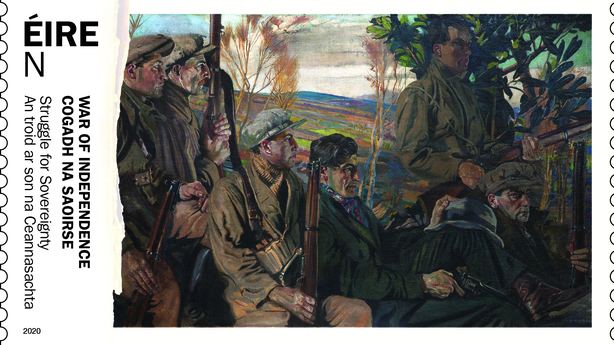
As the French historian of memory, Pierre Nora has observed,
'Official state symbols are imposed symbols in their purest form… symbolic and memorial intention is inscribed in the object itself, and the historian's goal is to trace the various forms and vicissitudes of that intention.’
In reviewing An Post’s philatelic issues relating to the Decade of Centenaries, this essay considers some of these forms and intentions. Every individual stamp is the distillation of a series of decisions and circumstances, and this book acknowledges the work of advisory committee members, artists, designers, and the staff of An Post who have contributed to their realisation from 2013–2022.
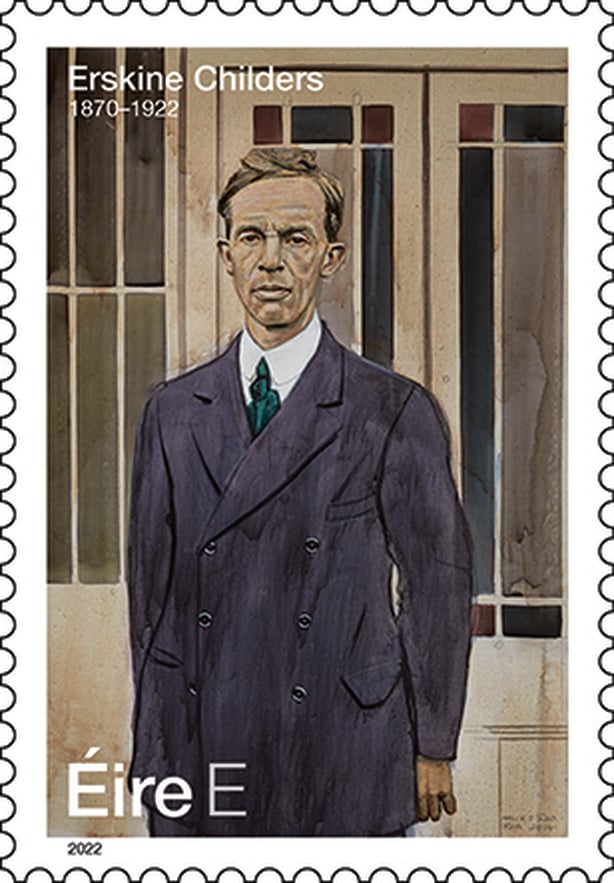
The Irish Post Office’s very first commemorative issue celebrated the centenary of Catholic Emancipation in 1929, and featured a set of three stamps, designed by Leo Whelan, bearing a single portrait of Daniel O’Connell. Nearly a century later, An Post’s engagement with the series of anniversaries coinciding with the founding of the Irish State has centred on a wide range of events, people, symbols and images.
In their recent essay ‘Remembering 1922’ the historians Darragh Gannon and Fearghal McGarry observe that:
‘To chronicle the Irish revolution is to generate historical debate. One hundred years after the facts, the Irish revolution remains open to historical enquiry. Where, and when, did it begin: Covenant (1912), Rising (1916), first Dáil (1919)? How, and when, was it ultimately brought to an end: Treaty (1921), civil war (1923), Boundary Commission (1924–25)?’
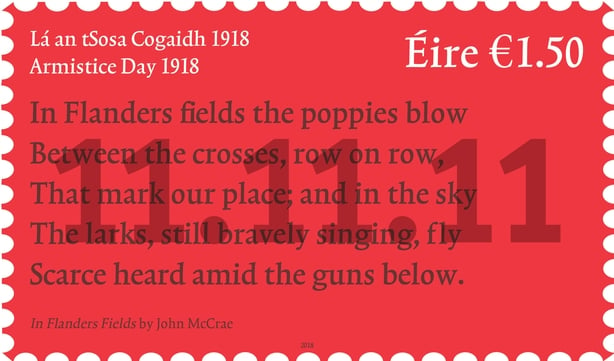
The sequence of events identified by the Government’s Expert Advisory Group on the Decade of Centenaries Programme as meriting commemoration reflects this indeterminacy. Or as Nora has quipped:
‘It is the present that creates the instruments of commemoration, that seeks out dates and figures to commemorate, that ignores some and invents others… History proposes but the present disposes.’
The complex and erratic journey towards national sovereignty, that ‘grey area between the building of new states and the collapse of the old’, is mirrored within Irish postal history itself. The General Post Office (GPO), a masterpiece of late Georgian architecture, is one of the most iconic symbols of Irish nationalism and revolution. As the headquarters of Republican rebels during the Easter Rising, it prominently featured on the earliest Easter Rising commemorative stamps issued by the Irish Post Office for the 25th anniversary, on 12 April 1941. It also featured on the stamp issued for the 90th anniversary on 12 April 2006. Perhaps ironically, the destruction of the GPO by British forces in 1916 did not entail the loss of the material historical archives of the Irish Postal Service: this occurred on 25 May 1921 with the burning of the Custom House, the headquarters of the Irish Civil Service, by the Irish Republican Army during the War of Independence. In the wake of the new Irish constitution in September 1922, the first definitive stamp of the Irish Free State was issued on 6 December 1922, but its plates were struck in London, and there is dispute over whether its first printing occurred in Britain or Ireland. Co-dependency on the British Post Office continued throughout the turbulent period of the Civil War.
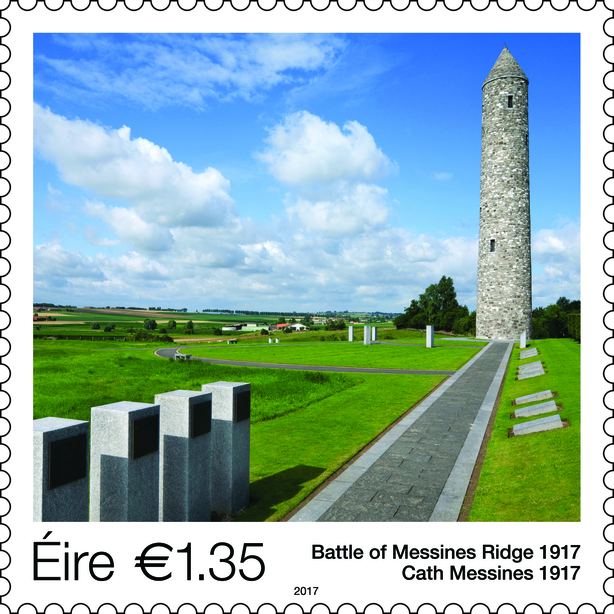
Suitable iconography for the new Free State was subjected to intense debate in its early years. During the Seanad debates on the Coinage Bill of 1926, W.B. Yeats memorably opined that the official designs of the Government’s new coins and postage stamps should serve as ‘silent ambassadors of national taste’, but he also cynically added that two days earlier he’d received a letter from an ‘exceedingly famous decorative artist, in which he described the postage stamps of this country as at once the humblest and ugliest in the world.’
We have, hopefully, reached a point in Irish philatelic history where Yeats’ admonishments have been thoroughly countered, and Ireland’s stamps are now unique and distinct visual, material, and artistic forms. They draw from the documents and artefacts of the historical past, but are also another chapter in the remembrance of that past. Moreover, their material form, circulation and collection renders them a particularly tangible and mobile form of history - and meaning - making. Yeats’ assertion that stamps are ‘silent ambassadors’ is perhaps less persuasive, since they are undoubtedly potent expressions of national identity. But if Irish philately is also a record of the voice of the State, today this is a polyphonic one.
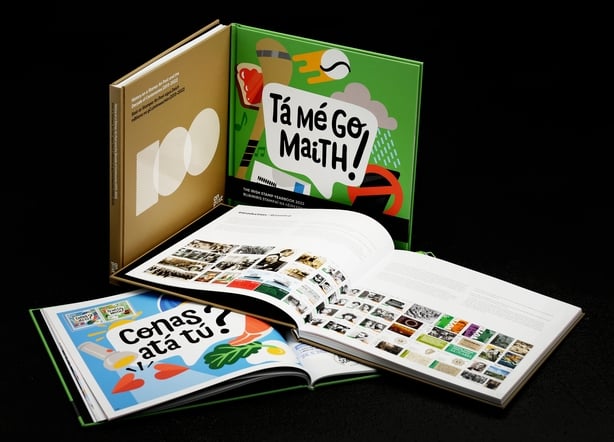
The Irish Stamp Yearbook 2022 and History on a Stamp: An Post and the Decade of Centenaries (2013-2022) are now available at the GPO and online.

